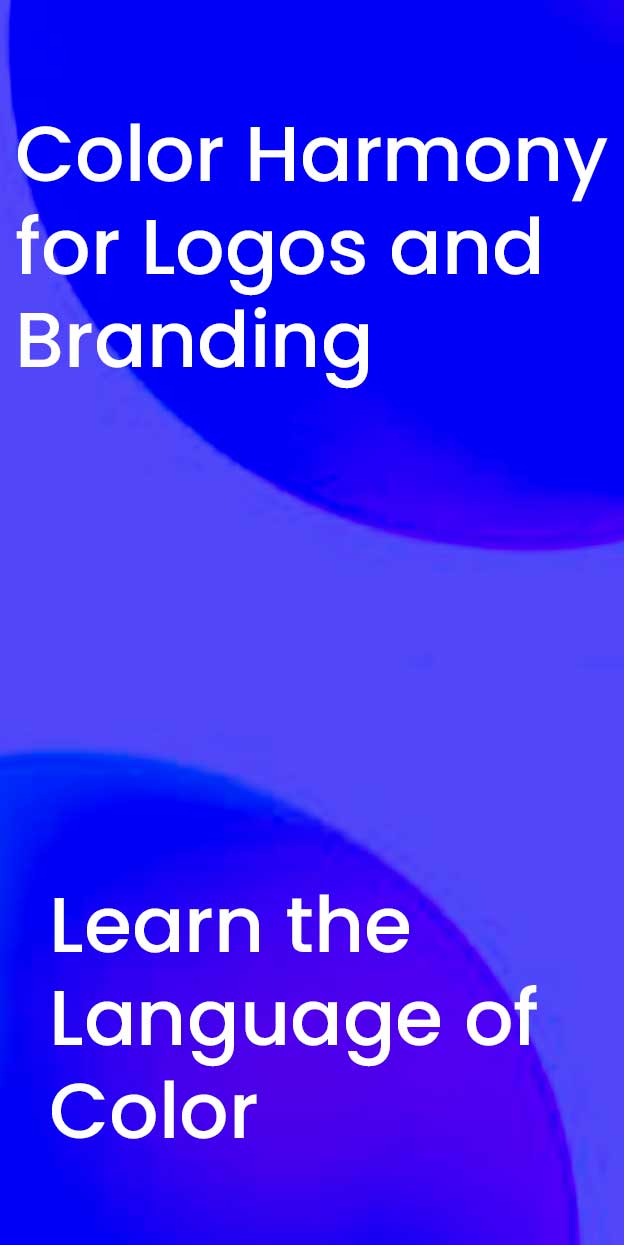What is Color?
At its core, color is simply light. When light hits an object, certain wavelengths get absorbed, while others bounce back into our eyes. These bounced-back wavelengths create the colors we see. That’s why a red apple appears red—it absorbs all other colors in the spectrum except red, which reflects back to us
But color isn’t just about physics and wavelengths. It’s deeply connected to human emotion and psychology. Colors have the power to calm us, energize us, and even change the way we perceive things. A warm yellow can feel cozy and inviting, while a deep blue might make us feel tranquil and thoughtful.

The History of Color
Long before scientists understood color, ancient civilizations embraced its beauty and symbolism. Early humans used natural pigments from the earth—crushed stones, plants, and minerals—to create vivid artwork on cave walls. Colors held meaning even then; ochre reds and deep blacks told stories of survival, danger, and spirituality.
Over time, different cultures attached their own significance to colors. In ancient Egypt, blue symbolized protection and the divine. Medieval artists prized gold and rich ultramarine blues, which were so rare that only the wealthiest could afford them. In India, vibrant hues became an essential part of celebrations, clothing, and religious practices.
The Science of Color
Fast forward to the 17th century, when Sir Isaac Newton famously split white light through a prism, revealing the full spectrum of colors—red, orange, yellow, green, blue, indigo, and violet. This discovery laid the foundation for modern color theory.
Today, scientists understand that color is not a fixed property of objects, but rather a perception shaped by our brains. Even the way we interpret color varies based on lighting conditions, surroundings, and even culture. Some languages don’t distinguish between blue and green, while others have unique words for subtle color variations.
And did you know that animals see the world differently too? Bees can see ultraviolet light, which helps them find nectar. Meanwhile, dogs don’t see the full spectrum of colors like humans do; their world is mostly shades of blue and yellow.
The Magic of Color
From the earliest cave paintings to modern digital art, color has shaped human expression and creativity in ways we can’t fully explain. It’s everywhere—woven into our traditions, emotions, and even the way we communicate. Whether we use it to paint, dress, or decorate our surroundings, color is more than just a reflection of light—it’s a reflection of life itself

